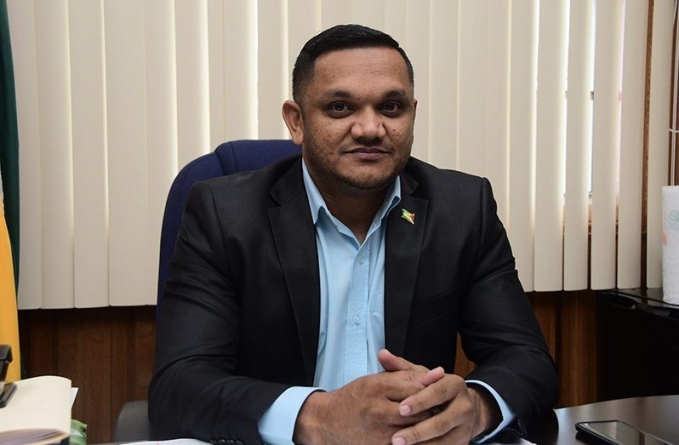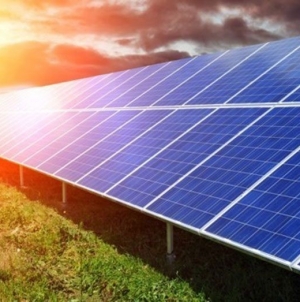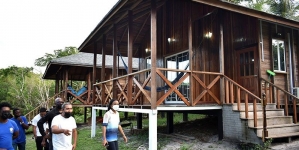Omai pushing for 2021 production
WORK has increased at the Wenot Pit in Region Seven (Cuyuni-Mazaruni), where Omai Gold Mines Limited (OGML) is aiming to start the production of gold next year following the discovery of large deposits of high-grade minerals during an ongoing geological surveys. After ceasing operations here years ago, Omai Gold Mines Limited (OGML) has made a return to Guyana, specifically to its worksite in the Cuyuni-Mazaruni region, where it intends to make an initial investment of US$12 million. It was reported that the company had wrapped up operations in 2015 after 24 years of service in Guyana. Omai, during its “glory days,” was listed as one of the largest gold mines in Guyana and the world, with estimated reserves of 3.7 million ounces of gold.
The company, on Tuesday, announced the first results of its ongoing programme of logging and sampling of 6,000 meters of unassayed core from a 2012 drilling programme that had been preserved by the Guyana Geology & Mines Commission (GGMC). The assay results from the first two holes, 12WED11 and 12WED13, which were never logged or sampled, indicate that high-grade mineralisation extends below the Wenot Pit and there is expansion potential of gold mineralisation to new sedimentary targets.
The company’s Chief Executive Officer (CEO), Mario Stifano, in a statement on Tuesday, said: “We are very pleased that the results from these two holes confirm that high-grade gold continues beyond the limits of the Wenot shear and the Wenot Pit to the south within the sedimentary package, and that mineralisation from the Wenot Pit continues at least 150 meters below the depth of the historical pit that was mined. These results support our planned initial 5,000-meter drill programme beginning in the New Year.”
Minister of Natural Resources, Vickram Bharrat, in describing this discovery in simpler terms, said that Omai will basically be able to extract more gold from the ore than some other operations. “They are still doing exploratory work, but I have been in constant contact with them,” said Minister Bharrat in an invited comment, on Wednesday. The company has relayed to the minister its intention to start production next year instead of 2022, which was initially identified as the year for the commencement of production.
Minister Bharrat was reported in November as saying: “Even though Guyanese might think all the gold went away with Omai, they (the company) are willing to go back into it, at the same location, and they are actually giving a facelift to the facility by doing maintenance and repairs and so on.”
Although there is known potential at the site, the company will have to “dig deeper” because the “top layer” of land is already mined out.
In outlining what is expected to take place, Minister Bharrat said: “They have to go deeper… even though they are going deeper, it is not as deep as how they are mining in Suriname… but it is not a case of minerals not being there (in Guyana), it is there.”
The company’s prospecting will even expand because it is trying to acquire more land through small miners. “They are working out their own arrangements…we do not have a problem with that, once both parties are satisfied,” said Minister Bharrat. Not only will the company be engaging and potentially supporting small miners, it is expected to hire hundreds of people, as over 1,000 persons were employed during the company’s early days of operations in Guyana. The company on its website said Guyana has a long history of resource investment, but recently there has been a resurgence of interest in the country from large international firms. Currently, there are over 25 mining companies active in Guyana as well as large-scale oil producers like ExxonMobil, which are investing heavily in Guyana’s infrastructure and workforce.
This “economic renaissance,” as described by Omai, has led the International Monetary Fund (IMF) to rate Guyana as the fastest growing economy in the world, and determine that the country’s Gross Domestic Product (GDP) of US$3.5 billion is expected to triple within the next five years. The country’s potential is undoubtedly one of the reasons for the company’s return, and just October 1, 2020, Omai announced that it has completed its previously announced reverse takeover transaction in which Omai acquired all of the issued and outstanding common shares of Avalon Investment Holdings Inc. (“AIHL”), a private Barbados corporation.






















